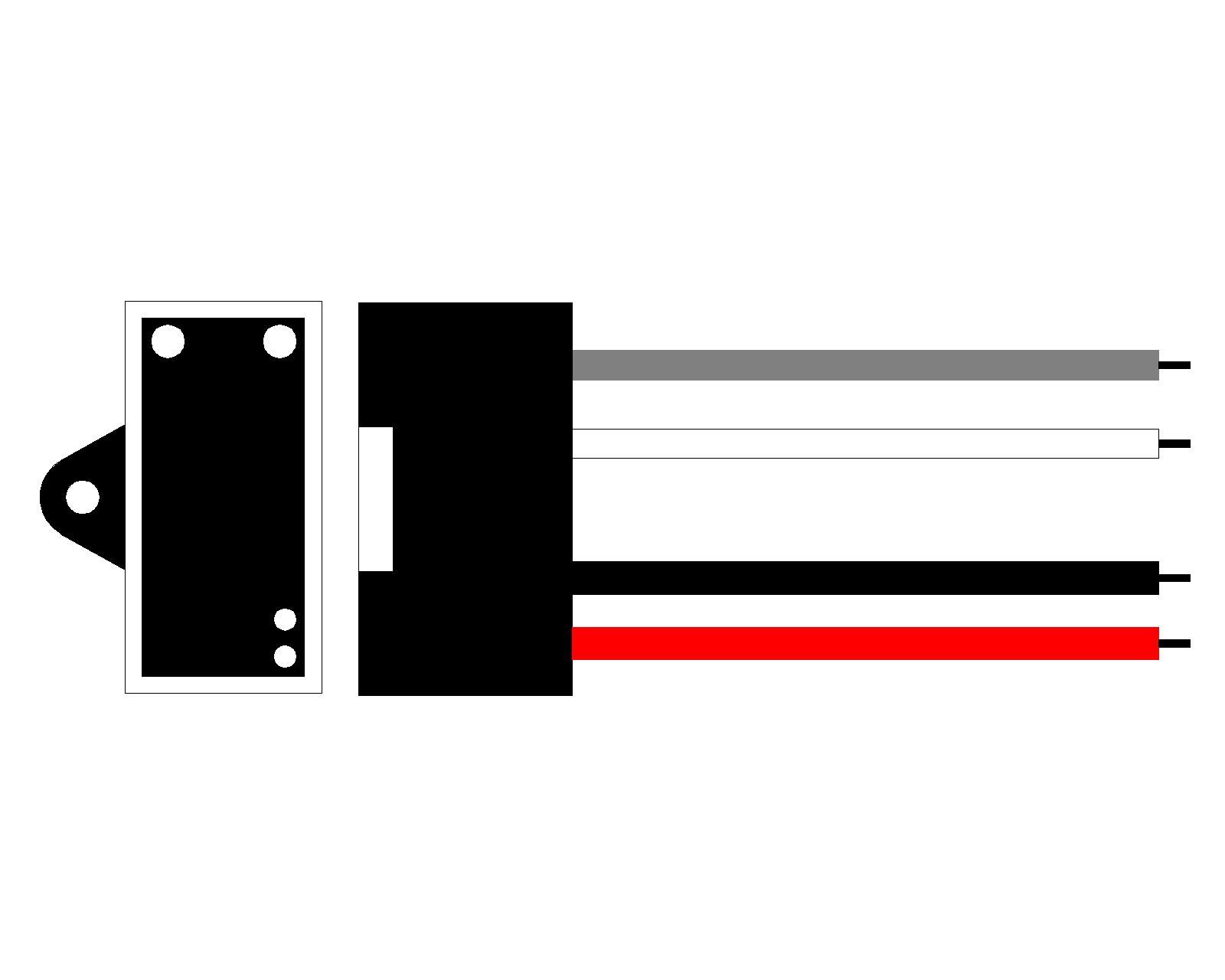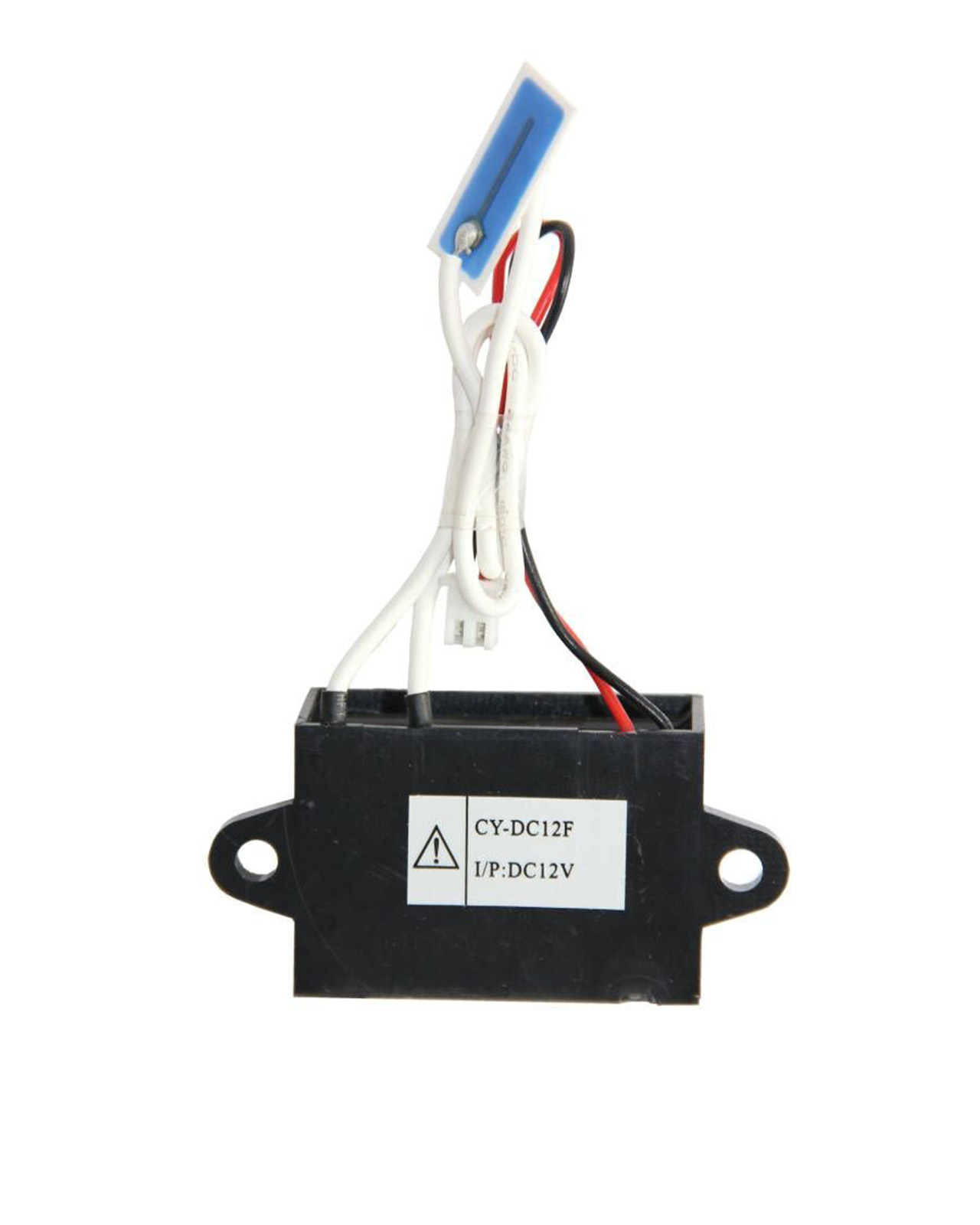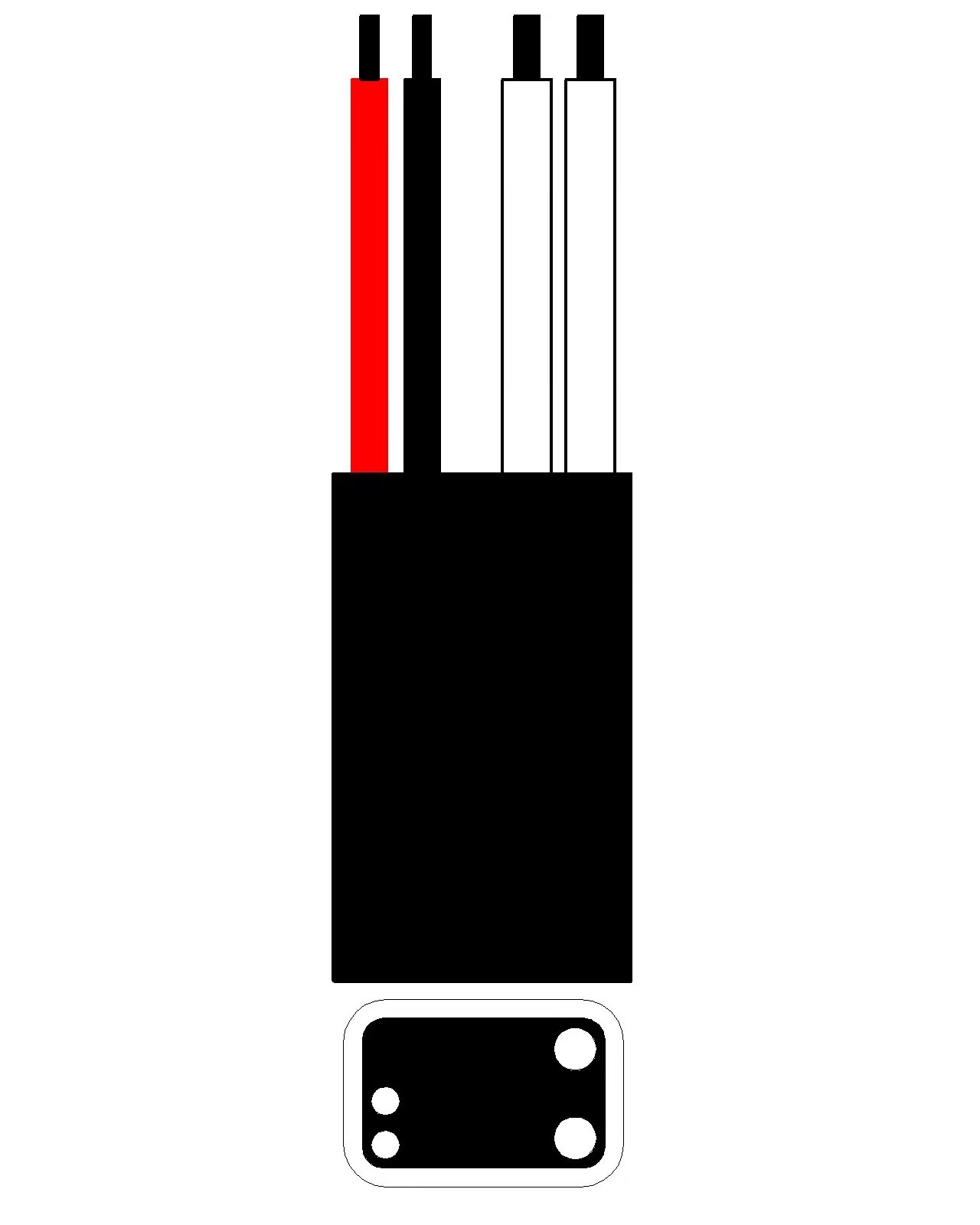The difference between a negative ion generator and a high-voltage generator
Sep 30,2024

Difference between a negative ion generator and a high-voltage generator
In today's rapidly developing modern technology, many people are beginning to pay attention to air quality, health, and the environment. Negative ion generators and high-voltage generators have become hot topics. Do you know the difference between the two? Their functions, uses, and working principles are different, but they are often confused. Today, let's delve into the differences between negative ion generators and high-voltage generators.
What is a negative ion generator?
A negative ion generator, as the name suggests, is a device that can release negative ions. Negative ions are negatively charged oxygen molecules that can combine with positive ions in the air to neutralize air pollutants such as dust, bacteria, and smoke. Imagine the fresh air you feel when you walk into a forest; that's negative ions at work.
Negative ion generators, with their air-freshening effects, have become increasingly popular in homes and offices in recent years. They not only help freshen the air but can also improve sleep, increase work efficiency, and even help relieve stress. Many people ask, are negative ion generators really that magical? The answer is yes, but their effectiveness varies depending on the quality of the equipment and the environment in which it is used.
What is a high-voltage generator?
In contrast, a high-voltage generator is another device, mainly used to generate high voltage. They are commonly used in laboratories, industrial applications, and some specific medical devices. The core function of a high-voltage generator is to convert low voltage to high voltage, usually with high frequency and high efficiency.
Imagine water flowing through a narrow pipe; the pressure of the water increases. This is the working principle of a high-voltage generator. It can generate a strong electric field, widely used in electrical testing, physics experiments, and certain types of particle accelerators.
Comparison of working principles
The working principle of a negative ion generator is mainly to ionize oxygen molecules in the air and release negative ions. This process is usually relatively simple. When the device is running, the electrodes release negatively charged ions into the air, which combine with other positively charged ions in the air to form heavier particles that then settle, thus purifying the air.
A high-voltage generator, on the other hand, converts low voltage to high voltage by changing the way current is input. This conversion usually requires complex circuit design and an efficient energy conversion mechanism. The safe operation of a high-voltage generator requires higher standards, as high voltage poses a threat to personal safety; improper use can lead to serious consequences.
Different application fields
Negative ion generators are mainly used in indoor environments such as homes and offices to help improve air quality and enhance quality of life. You can use a negative ion generator in your bedroom, living room, or even your car to enjoy fresh air.
High-voltage generators, on the other hand, are more oriented towards industrial and scientific research fields. Whether it's conducting high-voltage electrical tests in a laboratory or using equipment that requires high voltage in industrial production, these are all application scenarios for high-voltage generators. In short, their usage environments and purposes are completely different.
Considerations when purchasing
When choosing a negative ion generator, you should consider factors such as its negative ion emission, applicable area, and noise level. A good negative ion generator should be able to effectively cover your living or working space and not produce excessive noise during operation.
When choosing a high-voltage generator, you need to consider its output voltage, steady-state characteristics, service life, and safety. The performance of a high-voltage generator directly affects the success or failure of an experiment or production; you must choose reliable equipment.
Summary
In general, negative ion generators and high-voltage generators have significant differences in function, application, and working principle. The former focuses on air purification and health, while the latter focuses on high-voltage generation and industrial applications. Understanding these differences will allow you to make a more targeted choice when purchasing, selecting the product that suits your needs.
Do you have a clearer understanding of negative ion generators and high-voltage generators? When choosing, remember to select according to your needs! After all, choosing the right equipment can truly improve your quality of life and work efficiency.
Previous page:










